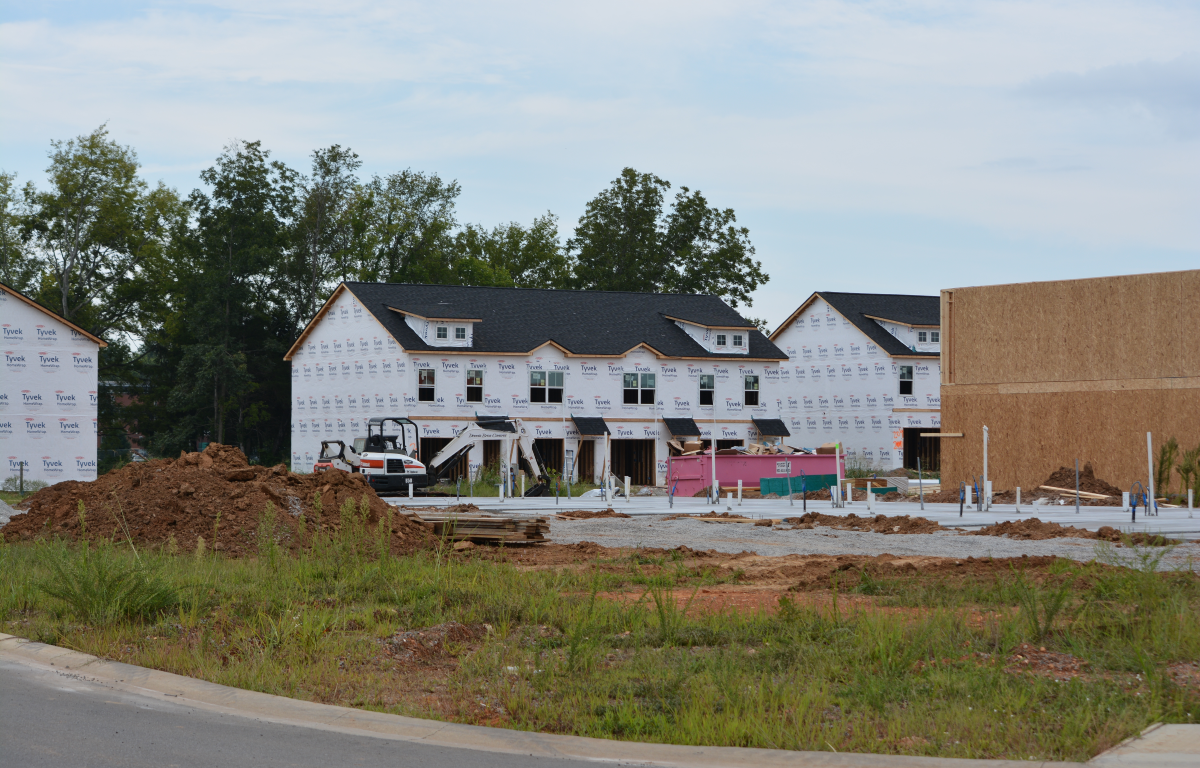CLARKSVILLE, TN (CLARKSVILLE NOW) – Several factors have impacted the housing market, leaving many to wonder if the cost will soon be too high. According to an article from House Method, millions of Americans are being priced out of their homes, with 70% of Americans currently unable to afford to buy a home in their state.
If you’ve been trying to buy a house in the last couple of years in Montgomery County, you may have experienced the intense frustration of the current housing market. While rising interest rates look to be slowing the market, what will happen if they fall back down?
Housing budgets
Most are familiar with the 28% rule, which states that you should spend 28% or less of your monthly gross income on your housing payment, whether that be rent or a mortgage. According to the data from House Method, Americans spend more than one-third of their monthly income on housing in 48 out of 50 states. In Tennessee, that average totals about 51%.
Data USA reports that the median household income in Montgomery County is $60,878 per year. While this is up 5% since 2019, it is still below the national average, which stands at $64,994.
A household grossing $60,878 per year could afford a housing payment of about $1,420 per month following the 28% rule. Many renters in the Clarksville/Montgomery County area may be able to find a rental at or below that cost, but a mortgage could be a different story.
According to relator.com, the median home price in Montgomery County is around $325,000 and the median rental price stands at about $1,500 per month.
Millennial demand
Many factors have impacted the housing market boom that started during the COVID-19 pandemic. Millennial demand and low interest rates were at the forefront of those causes, but with interest rates up almost 3% from the start of the year, many are left wondering if there will be a change.
Christian Black, 2021 President of the Clarksville Association of Realtors, said that many millennials waited to start house hunting which has attributed to the market boom.
“Not to stereotype, but a lot of them stayed with either friends or family, and now they’re getting to their 30s and they’re thinking, ‘Hey, I’m getting a spouse and I think I want to buy a house,'” Black said.
He explained that even with rising interest rates, millennial demand is still present and will likely last a little while longer.
“The millennial bump that came through didn’t finish. I think there was five more years left in that boom that didn’t get to buy a house, so they’re still sitting on the fence,” Black said. “Every year you’ve got more of a backlog of buyers that haven’t been able to buy a house yet. When the rates do come down, I feel like it’s just going to be a similar situation.”
At the height of the housing market spike, Black said there were about 300-400 houses on the market. That amount has risen to about 1,100. However, he said that historically, that number has been around 1,600-1,700.
“It’s not shooting up like it was before. I think part of that is due to a few things. Going into the winter is the slower time of the market. People aren’t putting their houses on the market through the holidays, unless they just have to, and I think some of the builder’s inventory has come online, and they’re probably dialing it back too on how much they’re building versus what they were doing earlier in the year. I think too that some sellers are probably waiting to see what the market does.”
Affordable homes
With inflation still bombarding the housing market, relief for home buyers may not be in the immediate future. Black noted that the definition of affordable housing varies from person to person. However, even with varying opinions on affordable housing, many would agree that the market was rising faster than wages could keep up.
“I think it was kind of getting out of that affordable range before the rates went up. I’m not saying that the rates going up are a bad thing, because it did slow the market down from getting out of hand. Our median price was up to 330,000 and it probably needs to be in the high 200,000s.”
In spite of rising interest rates, Black said that new developments may not be enough to lower housing prices in the near future as building materials continue to be impacted by inflation. Meanwhile, the price of housing continues to get further away from median wages in the area.
“Materials have gone up so much faster than wages have from the supply chain issues and all that. That’s where we’re at with inflation. Everything has gotten so pricey that the builders and landlords that are doing new stuff have had to pass it down the line, and it’s not keeping pace with the median income for the area, or the wage increases that employers are able to give to their employees.”
For those that can afford to take the plunge, buyers will have to decide whether to try and snag a home now or wait until interest rates fall and risk paying even more for a home.
“I don’t know what the solution is there as far as when this all comes down. If the rates come back down to a reasonable amount, finding a way for it to not spiral out of control again is going to be the tricky part,” Black told Clarksville Now.


